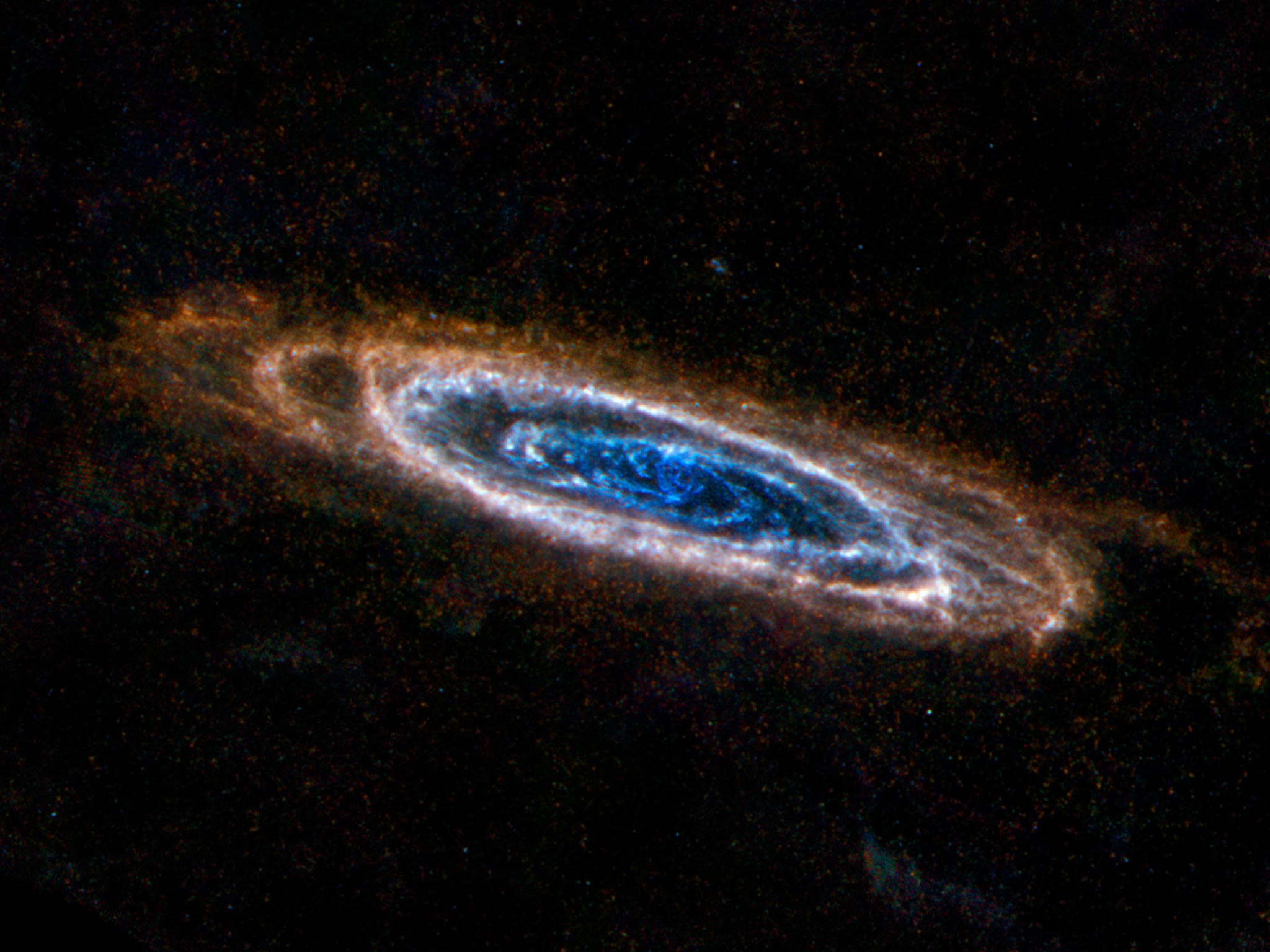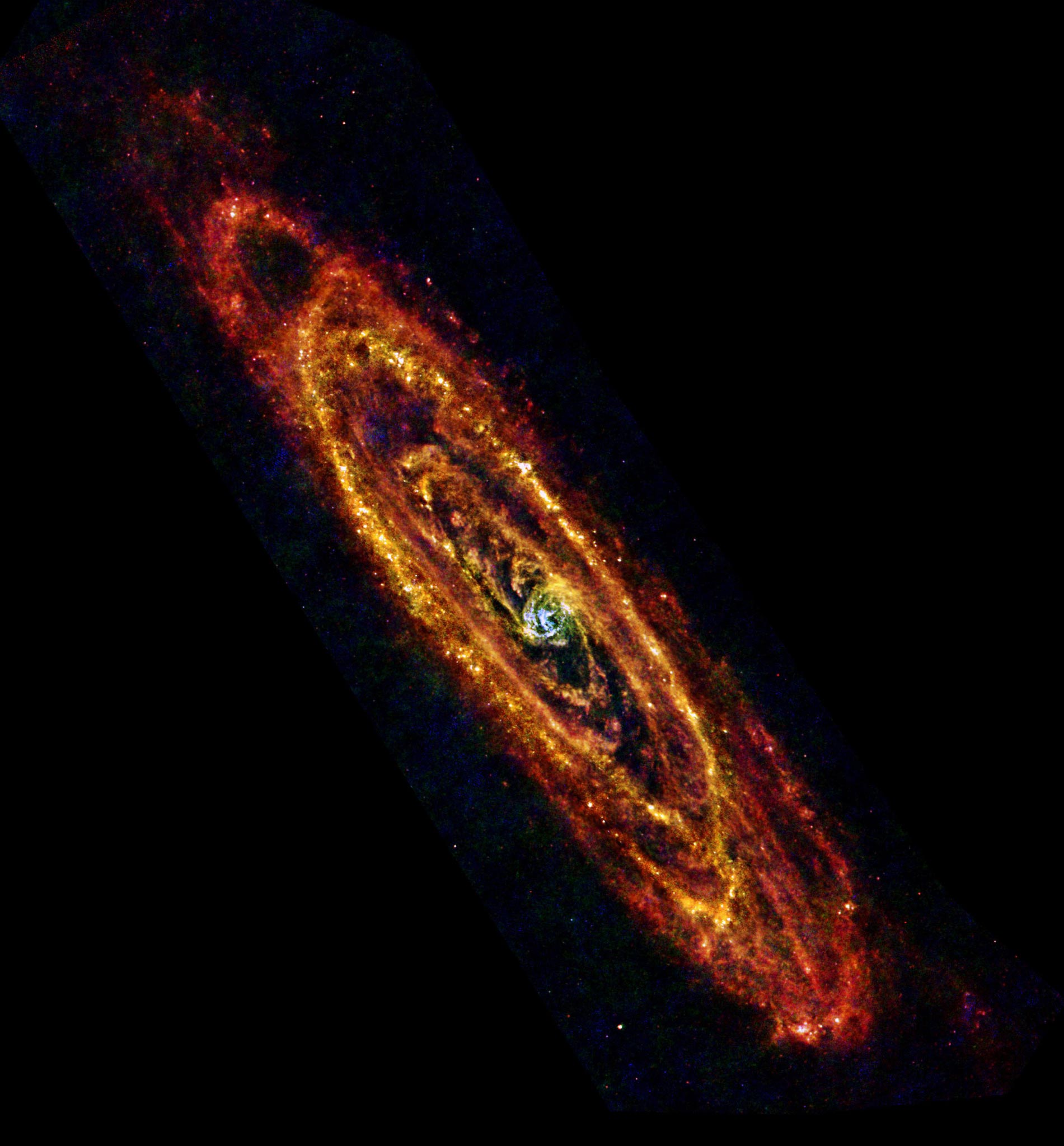Hyper cam captures stunning image of Andromeda
Hyper cam captures stunning image of Andromeda
Show all 5Your support helps us to tell the story
From reproductive rights to climate change to Big Tech, The Independent is on the ground when the story is developing. Whether it's investigating the financials of Elon Musk's pro-Trump PAC or producing our latest documentary, 'The A Word', which shines a light on the American women fighting for reproductive rights, we know how important it is to parse out the facts from the messaging.
At such a critical moment in US history, we need reporters on the ground. Your donation allows us to keep sending journalists to speak to both sides of the story.
The Independent is trusted by Americans across the entire political spectrum. And unlike many other quality news outlets, we choose not to lock Americans out of our reporting and analysis with paywalls. We believe quality journalism should be available to everyone, paid for by those who can afford it.
Your support makes all the difference.A stunning new image of Andromeda has been captured by a special camera, revealing our twin galaxy as it has never been seen before.
The Hyper Suprime-Cam on the Subaru Telescope took the image which shows the Andromeda Galaxy in sharp clarity in a wide field of view. The picture represents a milestone in observational astronomy and has changed the way we see space forever.
Click here to see more images of the Andromeda Galaxy
The mission of the Subaru Telescope is to carry out a large-scale survey of the Universe and help gather information on dark energy and dark matter.
The Andromeda Galaxy also knows as M31 is the nearest to our own Milky Way Galaxy at only 2.5million light years away. The spiral galaxy has caught the eye of astronomers since 964 A.D. when al-Sufi wrote about it.
Andromeda can be seen with the naked eye on moonless nights and is source of interest to astronomers because of the similarities to the Milky Way, particularly in relation to how the galaxy was formed.


Subscribe to Independent Premium to bookmark this article
Want to bookmark your favourite articles and stories to read or reference later? Start your Independent Premium subscription today.
Join our commenting forum
Join thought-provoking conversations, follow other Independent readers and see their replies
Comments